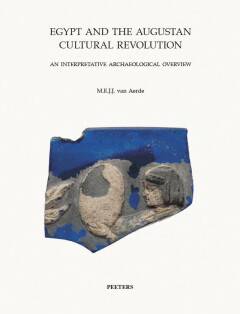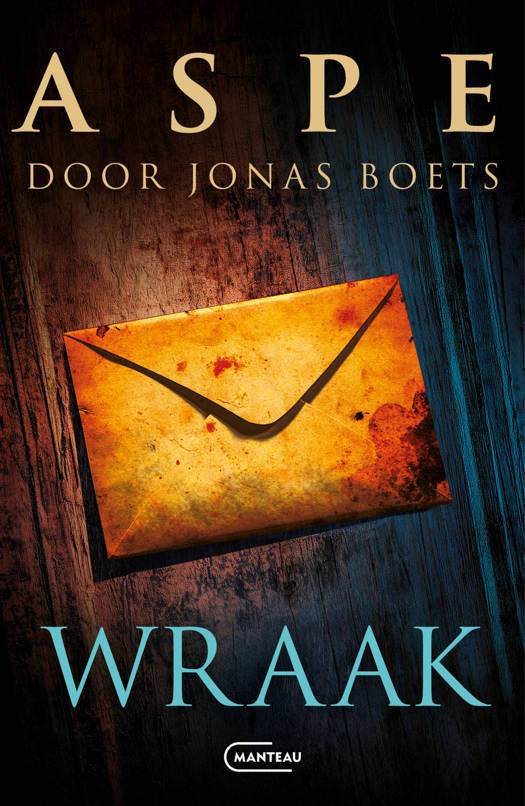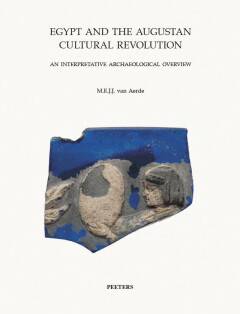
- Afhalen na 1 uur in een winkel met voorraad
- Gratis thuislevering in België vanaf € 30
- Ruim aanbod met 7 miljoen producten
- Afhalen na 1 uur in een winkel met voorraad
- Gratis thuislevering in België vanaf € 30
- Ruim aanbod met 7 miljoen producten
Zoeken
€ 135,95
+ 271 punten
Omschrijving
This book presents an archaeological overview of the presence and development of Egyptian material culture in the context of Augustan Rome. The Augustan period was a crucial turning point for the urban landscape of Rome, which became specifically characterised by a complex, and often flexible repertoire of cultural diversity. Studies in the past have focused primarily on (classical) Greek influences on the development of Augustan material culture, while objects featuring Egyptian styles, themes and materials have remained generally categorised as exoticism, a fashion trend, or signs of so-called 'Egyptomania'. The research presented and discussed in this book, in contrast, raises the question whether and how 'Egypt' constituted an integral part of this Augustan material culture repertoire. By comprising for the first time a comprehensive and interpretative overview of such manifestations of Egypt in Rome, including public monuments, paintings, and architectural elements, as well as pottery, gems, and jewellery from private contexts, the study offers wide-ranging case studies, featuring object reappraisals as well as new archaeological finds and contextual analyses. By focusing on the archaeological data, rather than on the often better-known historical and textual sources, this books offers new arguments and evidence that the role of 'Egypt', as represented in the material culture of the city of Rome, was not that of an exotic outsider, but constituted a remarkably diverse and inherent part of the Augustan material culture repertoire and urban landscape.
Specificaties
Betrokkenen
- Auteur(s):
- Uitgeverij:
Inhoud
- Aantal bladzijden:
- 193
- Taal:
- Engels
- Reeks:
- Reeksnummer:
- nr. 38
Eigenschappen
- Productcode (EAN):
- 9789042940574
- Verschijningsdatum:
- 3/12/2019
- Uitvoering:
- Paperback
- Formaat:
- Trade paperback (VS)
- Afmetingen:
- 211 mm x 274 mm
- Gewicht:
- 544 g

Alleen bij Standaard Boekhandel
+ 271 punten op je klantenkaart van Standaard Boekhandel
Beoordelingen
We publiceren alleen reviews die voldoen aan de voorwaarden voor reviews. Bekijk onze voorwaarden voor reviews.











